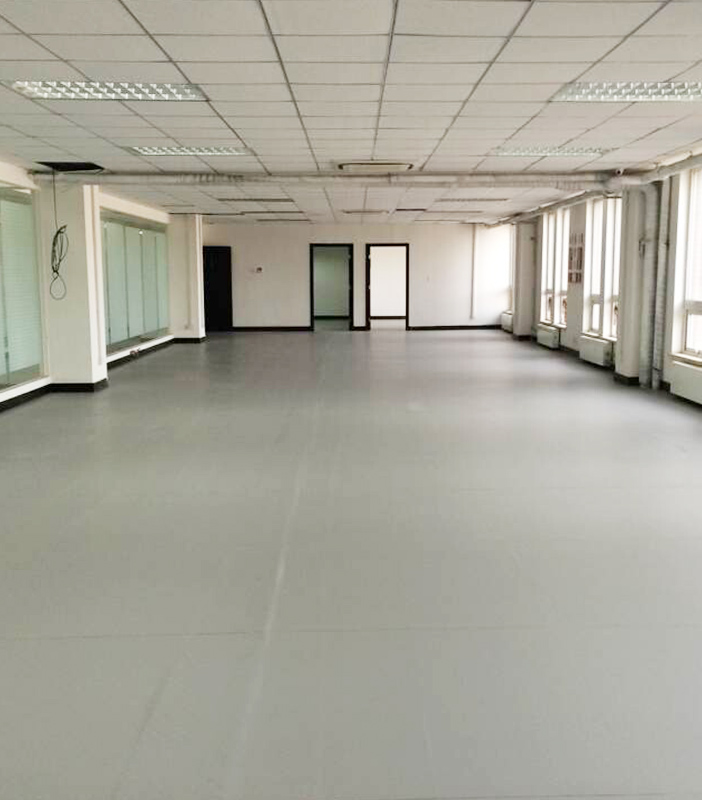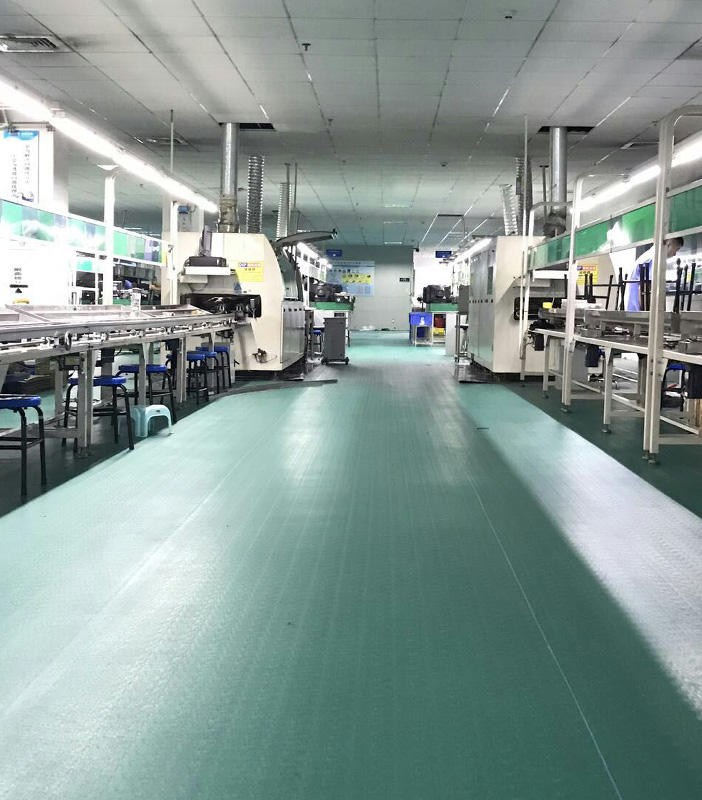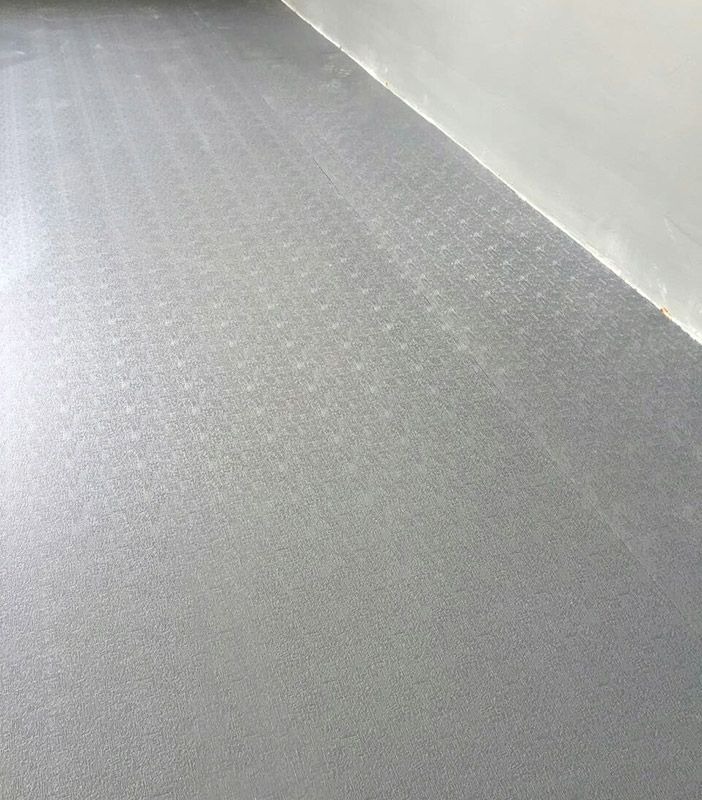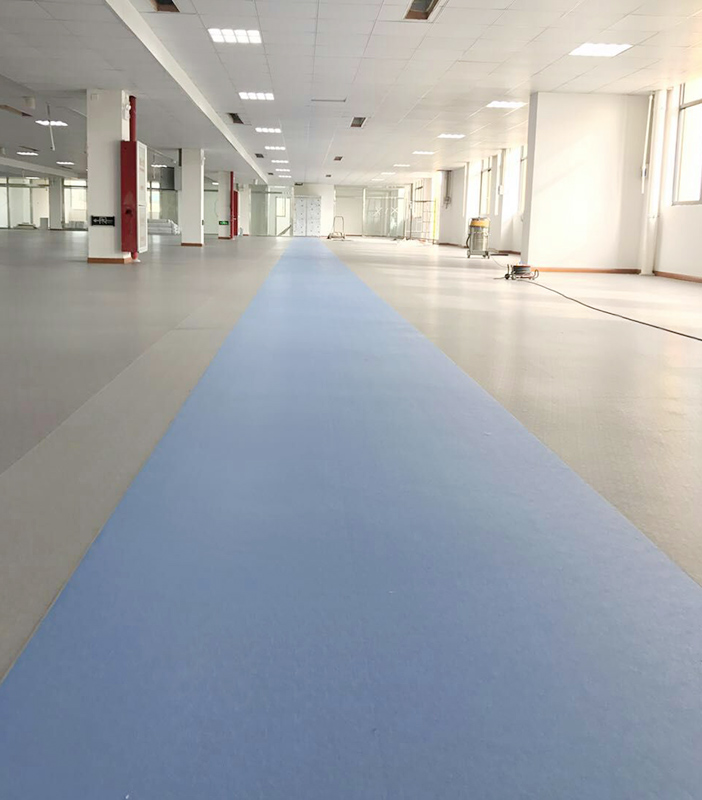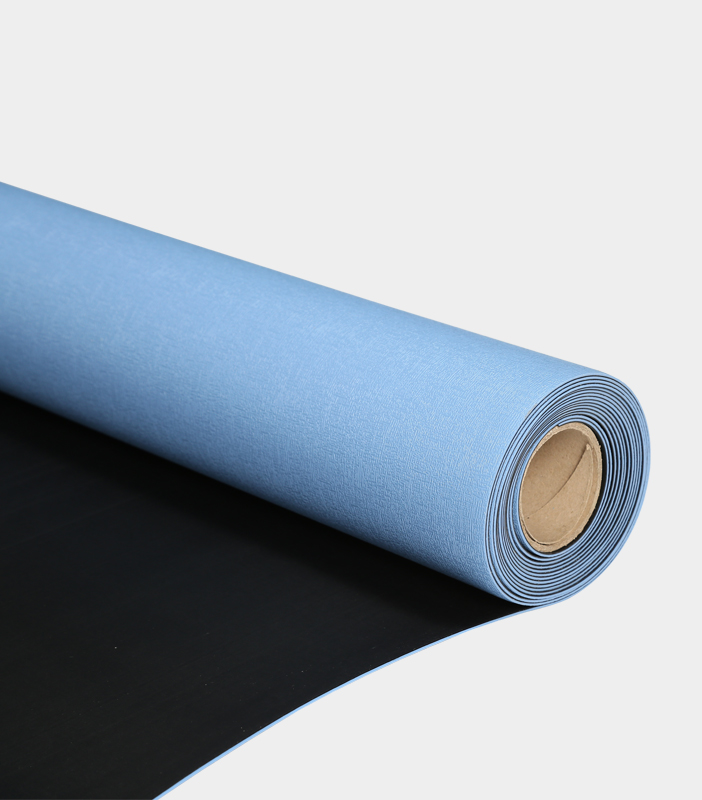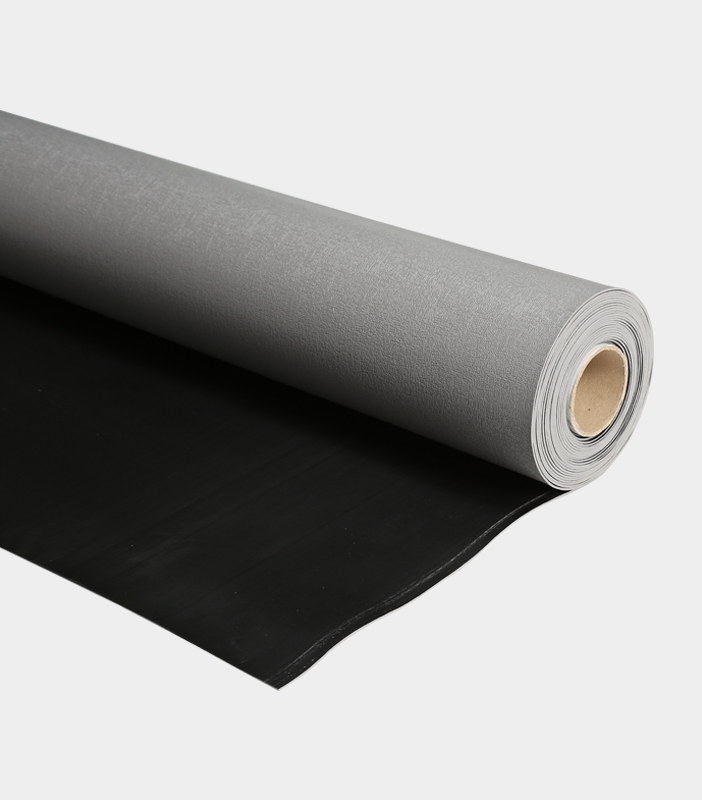High Quality ESD Foam Mat Manufacturing Wholesaler Factory
ESD (Electrostatic Discharge) foam mats are specialized materials designed to manage and neutralize static electricity. These mats play a significant role in industries where sensitive electronic components and equipment are handled. This article explores the features, benefits, and common applications of ESD foam mats.
ESD foam mats are designed to prevent the buildup of static electricity by dissipating it safely to the ground. This is achieved through their conductive or dissipative layers, which help maintain a controlled electrostatic environment.
These mats are typically made from materials such as polyethylene or polyurethane, combined with anti-static agents. They are lightweight, flexible, and resistant to wear and tear, making them suitable for repeated use.
In addition to their anti-static properties, ESD foam mats provide cushioning, which protects delicate electronic components from physical damage. This dual function makes them particularly valuable in work environments where impact protection is also necessary.
Many ESD foam mats are designed with a specific surface resistivity range to ensure effective static discharge. This range can vary depending on the specific requirements of the application, with values commonly measured in ohms.
ESD foam mats are commonly used in electronics assembly lines to protect components such as circuit boards, semiconductors, and microchips. The mats small the risk of static discharge, which can damage or destroy sensitive parts.
When used as liners or cushioning in packaging, ESD foam mats protect electronic devices during transportation and storage. Their anti-static properties ensure that static buildup is mitigated even in transit.
Workbenches in laboratories, assembly areas, and repair stations often feature ESD foam mats to create a static-safe environment. These mats are placed on surfaces where electronic components are handled, reducing the risk of electrostatic damage.
ESD foam mats are also used to insulate tools and equipment. This ensures that any tool coming into contact with sensitive components does not introduce static charges.
By neutralizing static electricity, ESD foam mats contribute to the longevity of electronic components. They small defects caused by electrostatic discharge, reducing repair and replacement costs.
Many industries require adherence to safety standards for handling electronic components. ESD foam mats help meet these standards by providing a controlled environment for static-sensitive equipment.
These mats are a cost-effective solution for managing static electricity, especially when compared to potential losses from damaged electronics. Their durability further ensures long-term usability.
The thickness of the mat should align with the specific application. Thicker mats provide better cushioning but may be less flexible.
Selecting a mat with the appropriate surface resistance is critical. For more applications, a dissipative or conductive mat is suitable.
Some manufacturers offer customizable ESD foam mats that can be cut to fit specific shapes and sizes, ensuring they meet the unique requirements of different work environments.
ESD foam mats are essential tools in environments where static electricity poses risks to electronic components. With their unique combination of anti-static properties, durability, and protective features, they are indispensable in manufacturing, storage, and workstation settings. Choosing the right ESD foam mat involves considering factors such as material, thickness, and surface resistance to ensure good performance for the intended application.

 简体中文
简体中文 English
English España
España Deutsch
Deutsch